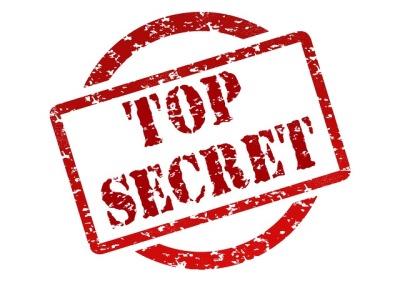Everywhere you look there are advertisements for products that claim to help aid in weight loss.
From teas, to supplements, to waist trainers and strict diets there are so many options out there that it can be frustrating and down right confusing. It can be hard to distinguish between what really helps and what products are out there to just make a quick buck off consumers.
But don’t worry there is hope! There is a simple solution to the unnecessarily overcomplicated subject of how to lose weight.
The simple solution is that in order to lose weight you must be in a caloric deficit!
Caloric deficit: Eating fewer calories than you burn or in other words burning more calories than you eat (they both produce the same outcome).
The main goal in weight loss should be to maximize the amount fat you are losing while limiting the amount of muscle mass or lean tissue you lose. Whenever you go on a very strict low-calorie diet or you perform long bouts of steady state cardio it causes you to not only lose fat but also muscle.
As I have stated in previous blogs, the benefit of maintaining lean muscle mass is that it helps to burn more calories even at rest. Not to mention that lean mass gives the defined, toned look most individuals desire.
There are a few terms you should be familiar with when trying to lose fat mass in a healthy way.
- Basal Metabolic Rate (BMR): Number of calories one burns in 24 hours while they are awake and at rest. This is the minimum amount of energy needed to keep the vital organs functioning. Allowing you to breathe, your heart to beat, your brain to work and your body temperature to remain normal.
- Resting Energy Expenditure (REE): Similar to BMR but differs in the fact that not only does it consider the minimum number of calories needed to maintain vital organ function, it also considers calories burned while eating (Thermal Effect of Food), going to the bathroom and doing light activities around the house.
- Estimated Energy Requirement (EER): Average dietary energy intake that will maintain energy balance in a healthy person of a given gender, age weight, height and activity level.
Two reasons you should know these terms are:
- It’s important to know that there are a minimum number of calories that each person needs to maintain in order to even stay alive and healthy. If you go on too strict of a diet, it can put your overall health at risk.
- Knowing your EER can help you determine how many calories you need to consume daily to either maintain, lose weight or gain lean mass.
So you may be wondering how can knowing your EER help you accomplish your weight goals, whether it be to maintain, lose or gain.
Knowing your EER gives you your starting point and from there you will use the principle of the energy balancing equation.
- To Maintain Weight: Input should equal output
- To Lose Weight: Output should exceeds input
- To Gain Weight: Input should exceed output
I used the link below to help me determine my EER. You will need the following information to calculate:
- Age
- Gender
- Height in inches or centimeters
- Weight in pounds or Kilograms
- Select current daily activity level (sedentary, low active, active, very active) definitions for each category are on the website given. Remember it is DAILY activity not weekly.
I chose my daily level as active which put me at 2299.7 kcal/day to maintain my current weight. Of course, this is only true if I maintain my current level of activity. If I was to decrease or increase my activity levels, then this would affect my EER.
Example: If my desire was to lose weight, I can use my EER as a starting point. In order to lose 1lb I need to burn 3500 calories. So, if I wanted to lose 1lb a week I could do one of three things:
- Reduce the number of calories consumed daily by 500 calories (500 X 7 = 3500)
- Burn an extra 500 calories a day by increasing my physical activity or
- A combination of both options above so decreasing my calorie intake while also increasing my physical activity to eliminate an extra 500 calories a day
This would put my new EER at 1799.7 kcal/day.
There are a few take home points I want you to consider, if your goal is weight loss….
- Very Low Calorie Diets (VCLD) should be avoided because it can affect your overall health and actually slow down your BMR/REE. This is your body’s way of trying to stay alive and healthy.
- For the most part, unless there is another underlying health issue, weight is gained over months and years of input exceeding output. So naturally it will take time to lose weight the healthy way. Weight loss should be a gradual and not abrupt. Most abrupt weight loss is water weight and will be regained once you go back to your old habits.
- Aging is not the main reason we gain weight. In reality, we slow down as we age and this sedentary life style results in weight gain over the years.
- A combination of reducing daily calorie intake and increasing levels of exercise including weight training two times a week is the best solution to lose fat while maintaining muscle mass in order to maximize the number of calories you burn.
So now that you have learned that weight loss is simply a result of a caloric deficit, you can take action in making it happen!
Knowledge is only beneficial if you practice and apply it!
Find Health in Every Day!
Dr. Lindsay


